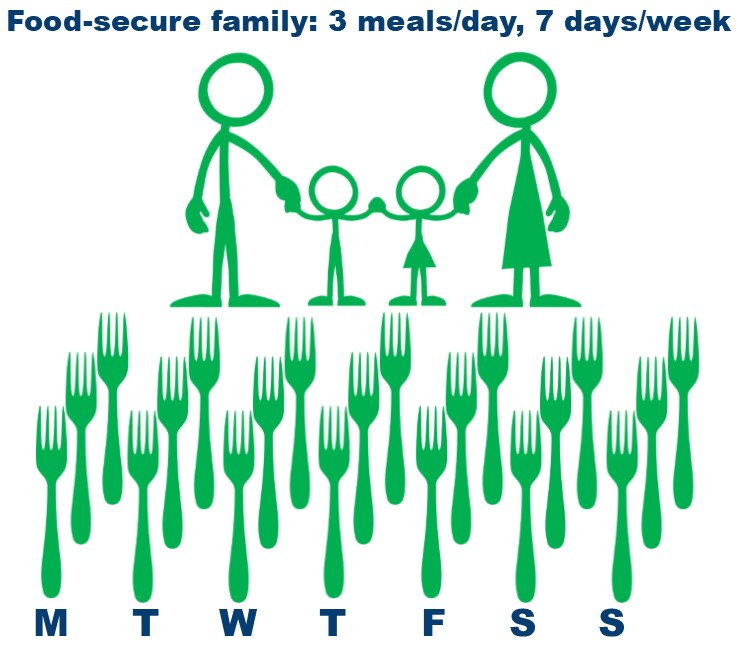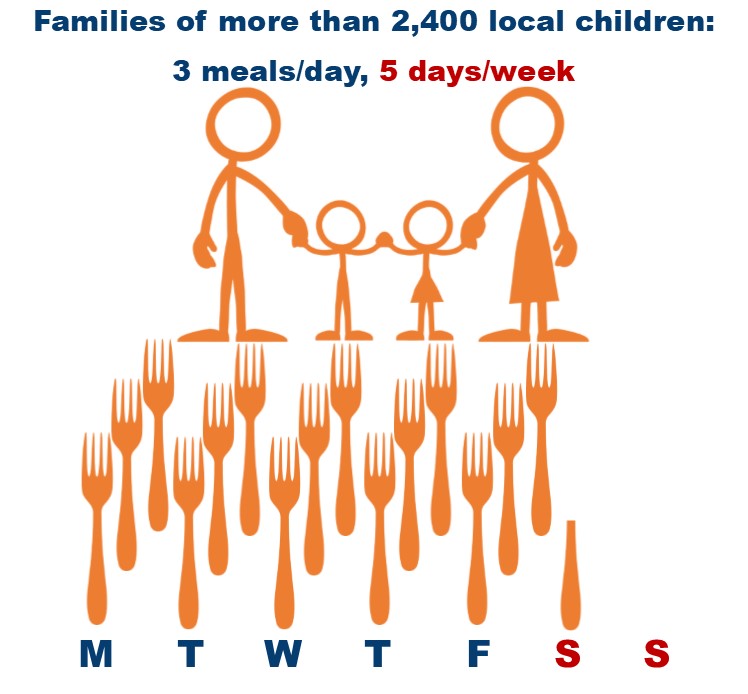New Data: National Food Insecurity Steadies while Northeastern Essex County Need Increases5/20/2019 Feeding America and the Greater Boston Food Bank have just released updated data on the rate of food insecurity across the US and Massachusetts. According to Feeding America’s “Map the Meal Gap” report:
So, that’s good news right? Well, unfortunately, the picture in northeastern Essex County seems to be bucking the trend. First, let me provide a little context. Since 2015, ONT has worked with data estimates of 6,000 food insecure individuals in northeastern Essex County (1 out of 8 children; 1 out of 5 seniors) across our service area (GBFB, 2015). However, the latest data provided to ONT from Greater Boston Food Bank indicates a regional increase to 6,500. While that may not seem like a huge number, it’s a more than 15% increase in need across 5 of the 10 Massachusetts communities we serve. While it may come as a surprise to many, the cities of Amesbury and Newburyport have consistently been home to the highest number of food insecure individuals in our region, with Newburyport topping the charts. Here are some of the facts: 
When you’re in a growing economy, there is a mindset that “a rising tide raises all ships.” However, it’s important to remember that a growing economy can also result in the cost of living outpacing wage growth, especially for those living on fixed incomes or working in our local service industries. Massachusetts, according to Feeding America, now has the highest food costs in the country, leaving local residents with an average $21 shortfall to afford 3 meals a day. Let me rephrase that: A family of four would typically consume 84 meals in a week. But current wages, cost of living and food costs now force that family of four to live on only 61.6 meals for the week, meaning everyone can only eat twice a day, or, most likely, mom and dad will alternate days eating so their children don’t have to go without. “Sorry, Mom, it’s Tuesday – it’s Dad’s turn to eat.” This rise in need likely does not come as a surprise to those of us providing food or financial assistance; teachers who see students come to school hungry every day; or emergency room physicians who see the spike in illness related to malnutrition. But for many, this need – right in our backyards - remains hidden in the shadows.
So what can we do – collectively – to make sure that our friends and neighbors and colleagues are getting what they need to get on the path to food security? Step 1 is understanding: We must better understand the local barriers that prohibit people from accessing adequate, quality food to support a healthy lifestyle (the USDA definition of “food secure”). Last year, in partnership with members of its Food Security Advisory Group, ONT surveyed local residents to measure rates of food insecurity and understand its causes. In a diverse sample including individuals and households across the age spectrum, 25% (1 out of 4) tested positive for food insecurity. Among them, 55% reported employment as their primary source of income, yet 70% reported “not enough money” as the primary obstacle to keeping themselves and their family fed. The other alarming statistic we’ve uncovered is the gap between those who need help and those who are getting it. In recent years, various organizations have begun measuring the SNAP Gap – the percent of people who are eligible for SNAP (aka food stamps) but are not getting it. Nationally, the SNAP Gap stands at roughly 15%. In Massachusetts, it’s about 25%. In ONT’s service area, it’s 60%! Sixty percent of people who are eligible for SNAP are not getting the benefits they need. As we work with our local partners who are also providing food assistance, that SNAP Gap is consistent with how many people in need in Newburyport are utilizing services and programs available. Why is this important? It requires us to examine what services are available and how they are delivered. We ask ourselves these questions every day:
0 Comments
Leave a Reply. |
Archives
June 2024
Categories
All
|
Connect With Us
- Contact Us
-
Emergency Hotline
(978)-835-3016
-
Our Neighbors' Table
P.O. Box 592
Amesbury, MA 01913
-
Proud member of




 RSS Feed
RSS Feed